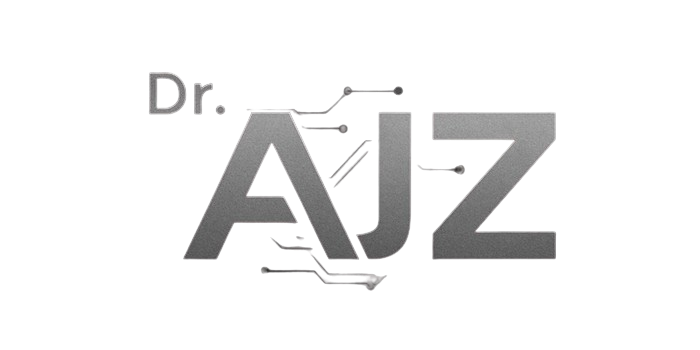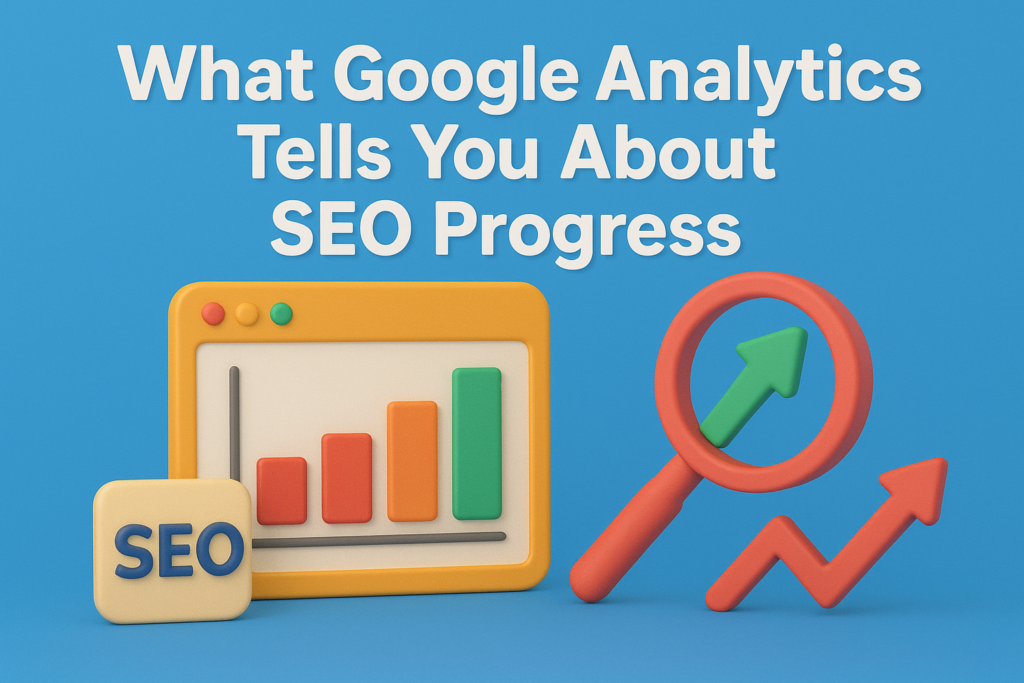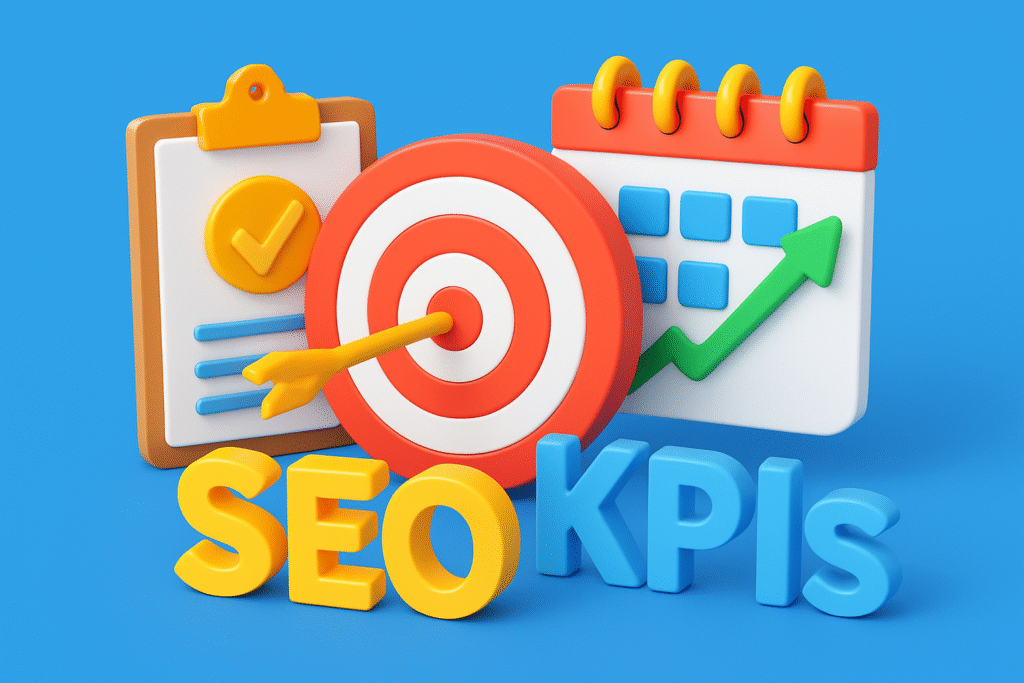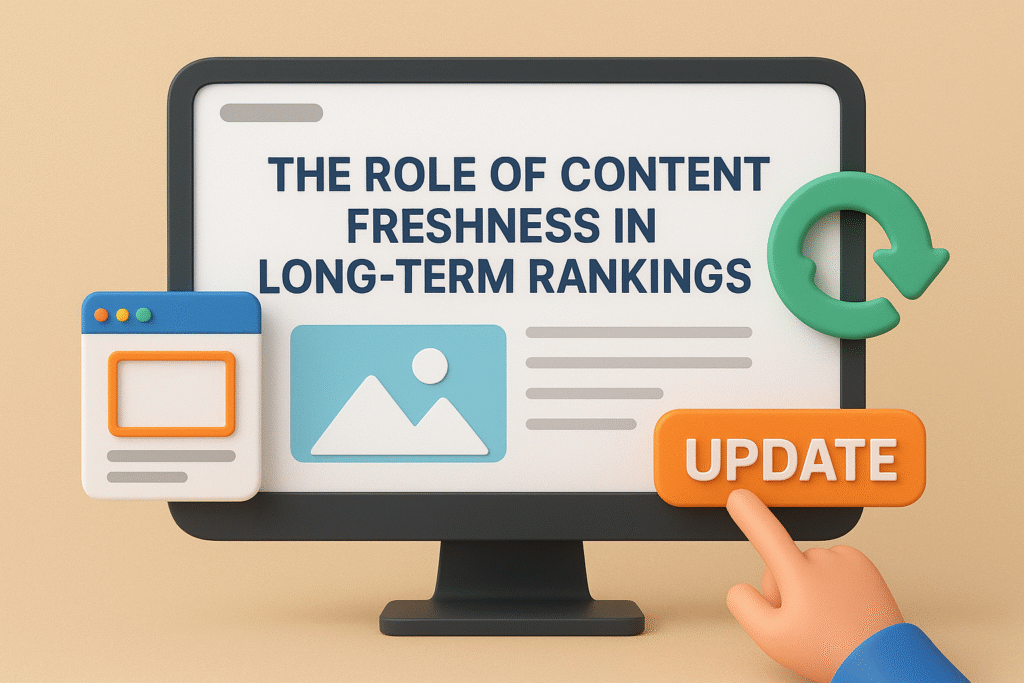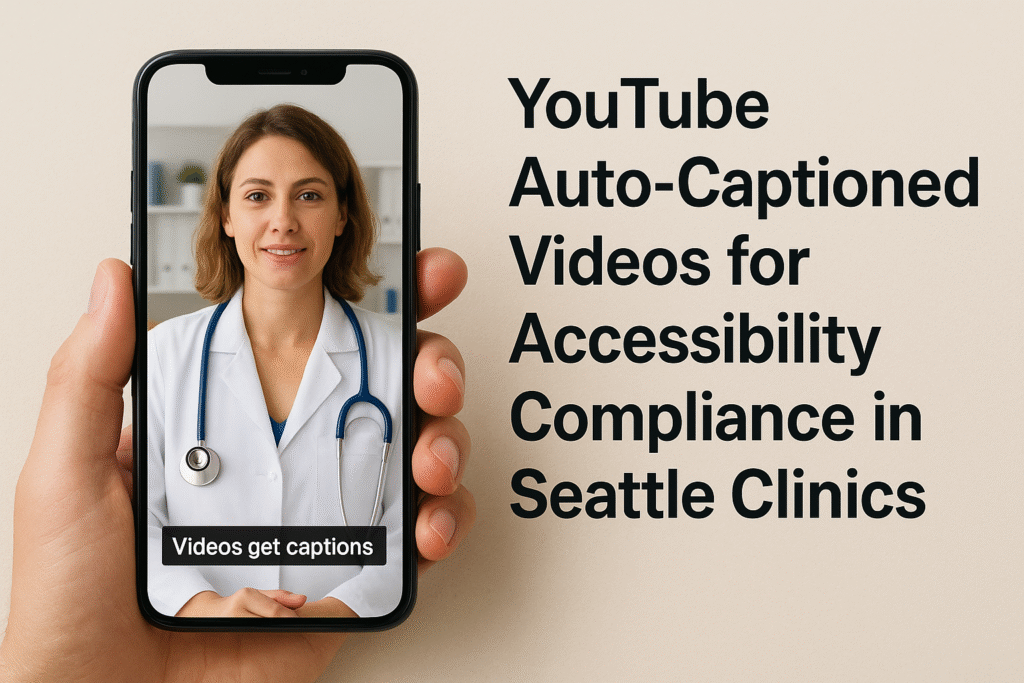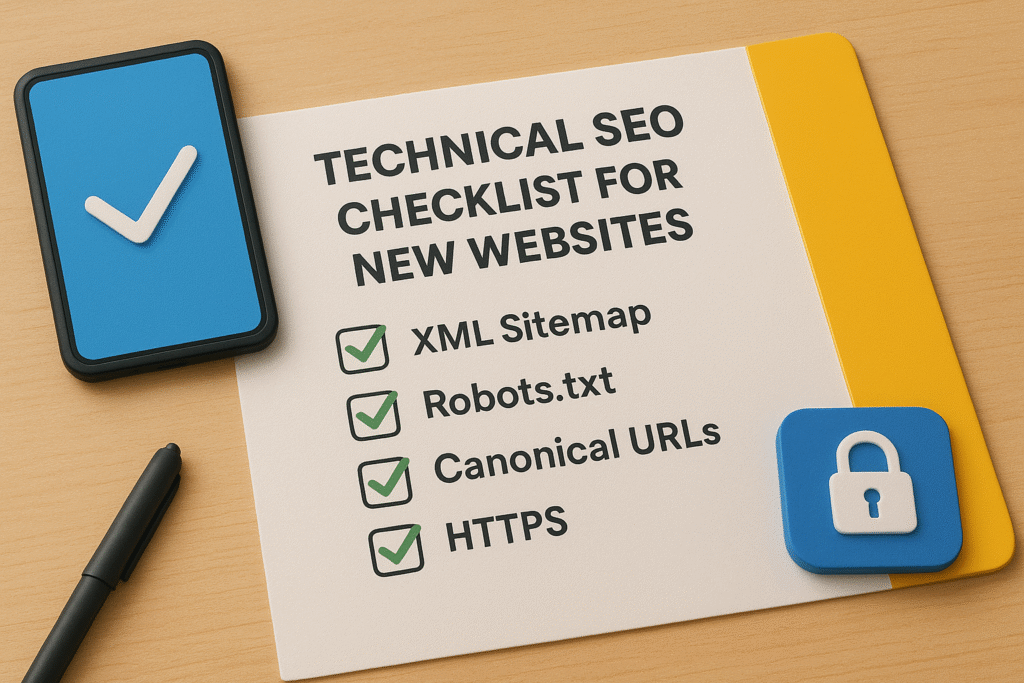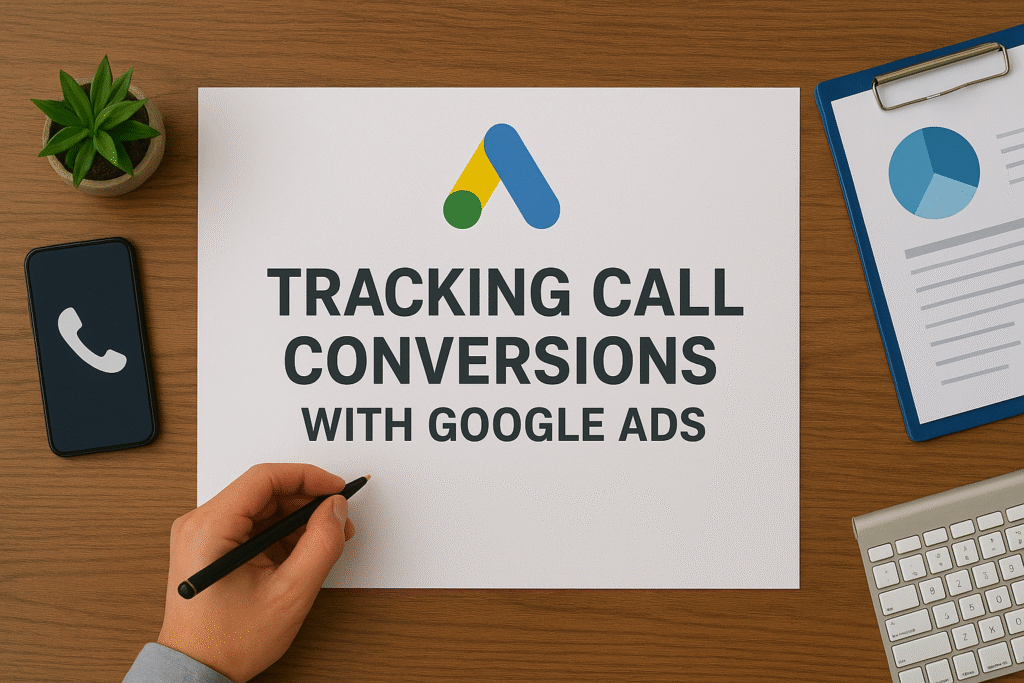When I first started writing for SEO, I was obsessed with keyword placement and ranking. But over time, I learned something that changed the game for me: ranking alone doesn’t mean anything if your content doesn’t convert. That’s when I started focusing on a strategy I now call SEO friendly content writing—a structured approach that blends technical SEO with human-centric storytelling.
If you’re trying to drive real results from your content, let me show you exactly how I write blogs that not only climb the search rankings but also bring in leads, sign-ups, and conversions.
What Is SEO Friendly Content Writing?
SEO friendly content writing means crafting content that satisfies both the search engine algorithm and the real human reader. It’s not about stuffing keywords or gaming the system. Instead, it’s about optimizing for discoverability and usability—writing content that ranks and compels action.
According to HubSpot, 71% of marketers say that strategic keyword use is their #1 method for driving traffic. But traffic without strategy is like a car with no GPS—you won’t get far.
So let me walk you through my personal content creation process, from research to CTA.
1. Nail the Search Intent Before Anything
When I begin a piece, the first question I ask is, “What is the reader looking for when they search this keyword?”
There are three main types of intent:
- Informational (e.g., “how to write SEO blogs”)
- Navigational (e.g., “Grammarly blog editor”)
- Transactional (e.g., “hire SEO copywriter”)
Understanding this intent helps me shape the tone, structure, and CTA of the content. If I mismatch the intent, my bounce rate spikes—guaranteed.
Pro Tip: Use Google’s “People Also Ask” section to uncover related intent-driven questions.
2. Do Smart Keyword Research
Every strong piece of SEO friendly content writing starts with great keyword research. I start with tools like Ahrefs, Ubersuggest, or Google Keyword Planner.
Here’s my usual breakdown:
- Primary keyword: SEO friendly content writing
- Secondary keywords: how to write for SEO, content that converts, SEO blog structure, keyword density tips
I make sure to place the focus keyword in:
- Title and H1
- First 100 words
- At least one subheading
- Several times naturally throughout the text (aiming for 1.5%–2% keyword density)
- Meta description and URL slug
3. Outline a Reader-Centric Structure
A poorly structured post is like a messy room—no one wants to stick around. I break my blogs into digestible sections using H2 and H3 headers. This not only helps SEO but makes scanning easier for the reader.
My standard structure:
- Hooked intro that hits a pain point
- Clear headers with keyword variations
- Bullet points or numbered lists for clarity
- Natural CTAs placed where they make sense
- Final takeaway or summary
I always write short paragraphs and cut fluff. Yoast recommends 2–4 line paragraphs for better readability, and I follow that religiously.
4. Write Like You Speak—But Smarter
One major mistake I made in my early blogs was sounding robotic. Now, I write the way I talk—with personality, clarity, and purpose.
Google’s algorithms like BERT and MUM prioritize natural language and contextual relevance. That means the more human you sound, the better your chances of ranking.
My tip? Write your first draft like you’re explaining the topic to a friend. Then go back and optimize.
5. Build Trust with Authoritative External Links
I always use external links to back up my points. Citing trusted sources like Search Engine Journal, Backlinko, or Google Search Central not only builds authority but increases reader trust.
I hyperlink these naturally within sentences—never forcing them. If it feels like it disrupts the flow, I cut it.
6. Save Internal Linking for the End
Here’s where I follow a minimalist approach: I include only one internal link, placed at the end as part of the CTA. This keeps the reading experience clean and focused. It also avoids distracting the reader mid-flow.
For example, if I’ve written a guide on Technical SEO, I might end with:
Want to go deeper? Read my full blog on Technical SEO Best Practices for Maximum Website Performance.
7. Optimize Every On-Page Element
Before I publish, I run through my on-page SEO checklist:
- Title tag under 60 characters with keyword
- Meta description between 150–160 characters
- URL slug: short, clean, and keyword-rich
- Image file names and alt tags
- H1, H2, and H3 structure
- Mobile responsiveness and fast load speed
According to Portent, website conversion rates drop by 4.42% with each second of load time. That’s why performance matters.
8. Use CTAs That Inspire Action
I tailor my call to action based on the intent of the piece. A reader who just learned how to write SEO content doesn’t want to be sold a product—they want more value.
So I might say:
- “Need help crafting content that ranks and sells? Let’s connect.”
- “Explore my blog on Content Clusters and Topic Authority to take your SEO to the next level.”
Never just say “click here.” Give them a reason.
9. Edit Ruthlessly and Revisit
Before I hit publish, I run every draft through:
- Grammarly for grammar and clarity
- Hemingway App for sentence structure
- Yoast SEO plugin for keyword optimization
And here’s something I do that most people don’t—I come back 7–10 days later and read the blog again with fresh eyes. There’s always something to tweak for better clarity or SEO.
Final Thoughts: SEO Writing That Actually Converts
SEO friendly content writing isn’t about tricking Google. It’s about creating content that’s optimized for discoverability and designed to move the reader to action. It took me years to master this balance, but now, every blog I write follows this framework—and it works.
If you’re serious about writing content that ranks and delivers results, start implementing this strategy today. You’ll be surprised how much better your content performs—not just in the SERPs, but with real users.
Ready to dive deeper? Read my blog on Content Clusters and Topic Authority: The New SEO Strategy and learn how to build topic dominance in your niche.
Also Read:
-
Why SEO Takes Time: Understanding Google’s Ranking Factors
-
Technical SEO Best Practices for Maximum Website Performance
-
How to Build an SEO Strategy That Ranks High
-
Overcoming the Fear of Learning New Skills: My Journey in Digital Marketing
-
The Role of AI in SEO: How Machine Learning is Changing Search
